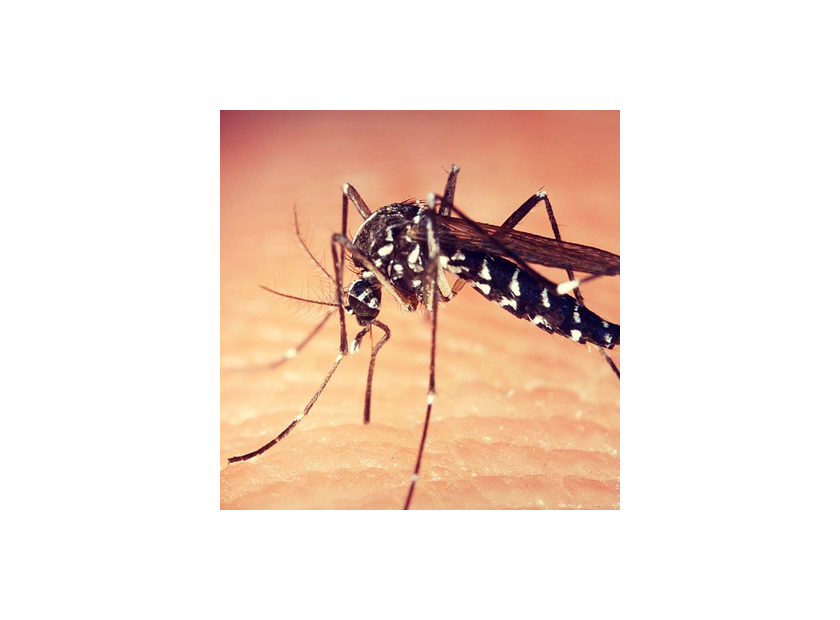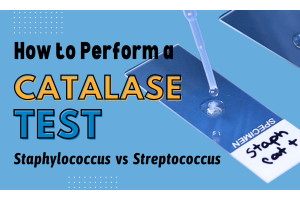Chikungunya: The Neglected Disease
Posted:
September 08, 2017

Can you think of an infectious disease that infects about one million people annually, has no effective treatment, and there is no available vaccine? Chikungunya falls into this category of neglected diseases.
Chikungunya is a mosquito-borne viral disease first described duringan outbreak in southern Tanzania in 1952. It is an RNA virus that belongs to the alphavirus genus of the family Togaviridae. The name "chikungunya" derives from a word in the Kimakonde language, meaning "to become contorted," and describes the stooped appearance of sufferers with joint pain (arthralgia).
Signs and symptoms
Chikungunya is characterized by an abrupt onset of fever frequently accompanied by joint pain. Other common signs and symptoms include muscle pain, headache, nausea, fatigue, and rash. The joint pain is often very debilitating but usually lasts for a few days or may be prolonged to weeks. Hence, the virus can cause acute, subacute, or chronic disease.


Most patients recover fully, but in some cases joint pain may persist for several months, or even years. Occasional cases of eye, neurological, and heart complications have been reported, as well as gastrointestinal complaints. Serious complications are not common, but in older people, the disease can contribute to the cause of death. Often symptoms in infected individuals are mild, and the infection may go unrecognized or be misdiagnosed in areas where dengue occurs.
Transmission
Chikungunya has been identified in over 60 countries in Asia, Africa, Europe and the Americas.
The virus is transmitted from human to human by the bites of infected female mosquitoes. Most commonly, the mosquitoes involved are Aedes aegypti and Aedes albopictus, two species which can also transmit other mosquito-borne viruses, including dengue. These mosquitoes can be found biting throughout daylight hours, though there may be peaks of activity in the early morning and late afternoon. Both species are found biting outdoors, but Ae. aegypti will also readily feed indoors.
After the bite by an infected mosquito, onset of illness occurs usually between 4 and 8 days but can range from 2 to 12 days.
Diagnosis
Several methods can be used for diagnosis. Serological tests, such as enzyme-linked immunosorbent assays (ELISA), may confirm the presence of IgM and IgG anti-chikungunya antibodies. IgM antibody levels are highest 3 to 5 weeks after the onset of illness and persist for about 2 months. Samples collected during the first week after the onset of symptoms should be tested by both serological and virological methods (RT-PCR).
The virus may be isolated from the blood during the first few days of infection. Various reverse transcriptase-polymerase chain reaction (RT-PCR) methods are available but are of variable sensitivity. Some are suited to clinical diagnosis. RT-PCR products from clinical samples may also be used for genotyping of the virus, allowing comparisons with virus samples from various geographical sources.
Epidemiology
In the Americas in 2016, there were 349,936 suspected cases. In 2015, there were 693,489 suspected cases and 37,480 confirmed cases of chikungunya reported to the Pan American Health Organization (PAHO) regional office, of which Colombia bore the biggest burden with 356,079 suspected cases. This was fewer than in 2014 when more than 1 million suspected cases were reported in the same region. As for the U.S., there were 175 reported and confirmed cases. All of them were due to the patient's travel in the endemic areas.


Treatment
There is no specific antiviral drug treatment for chikungunya. Treatment is directed primarily at relieving the symptoms, including the joint pain using anti-pyretics, optimal analgesics, and fluids. There is no commercial chikungunya vaccine.
WHO information on Chikungunya
CDC information on Chikungunya
Comment(s)







